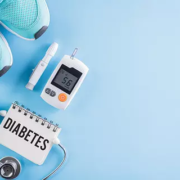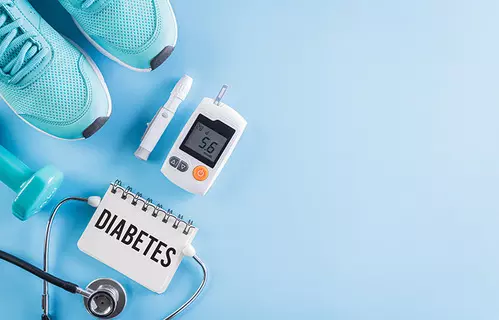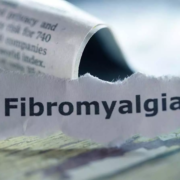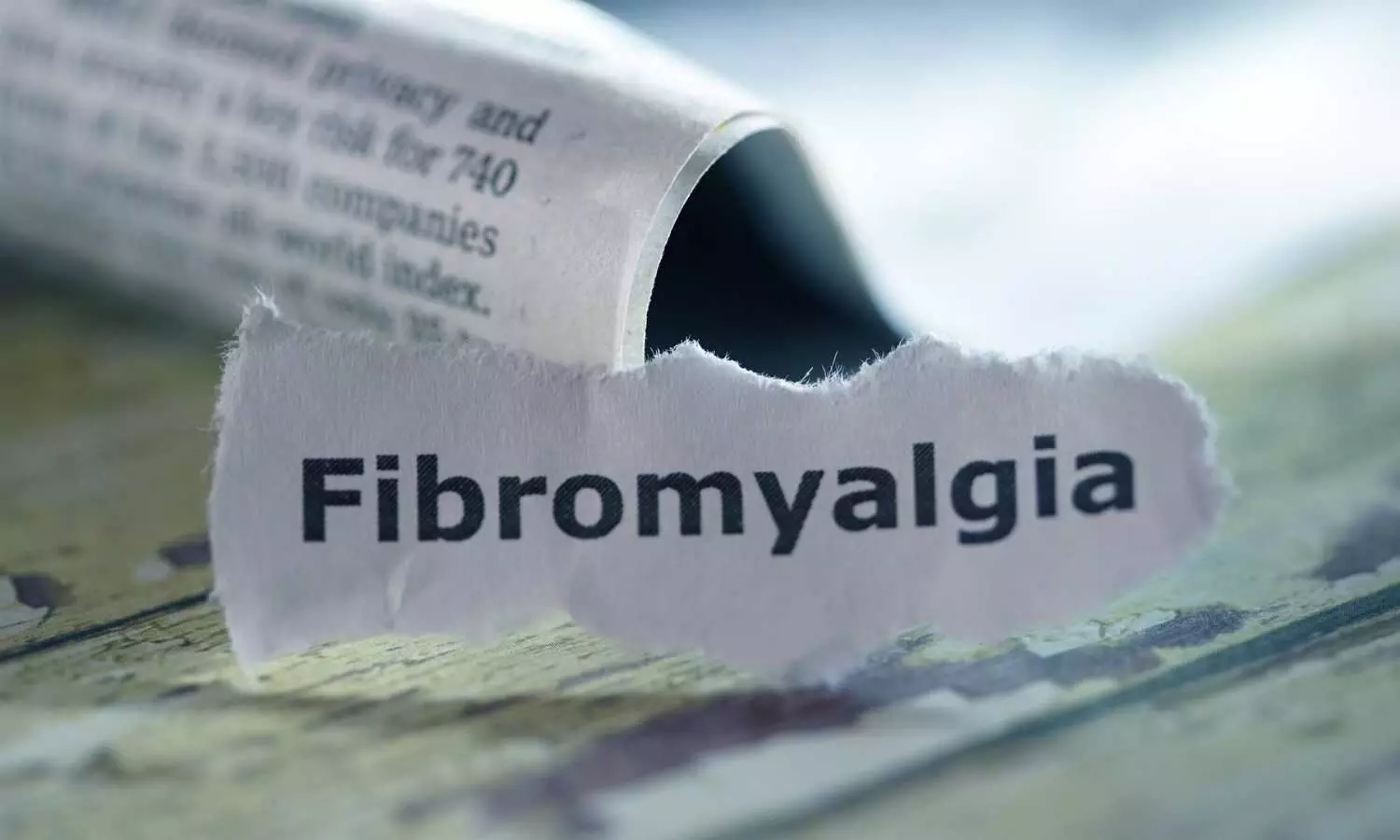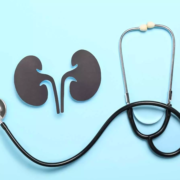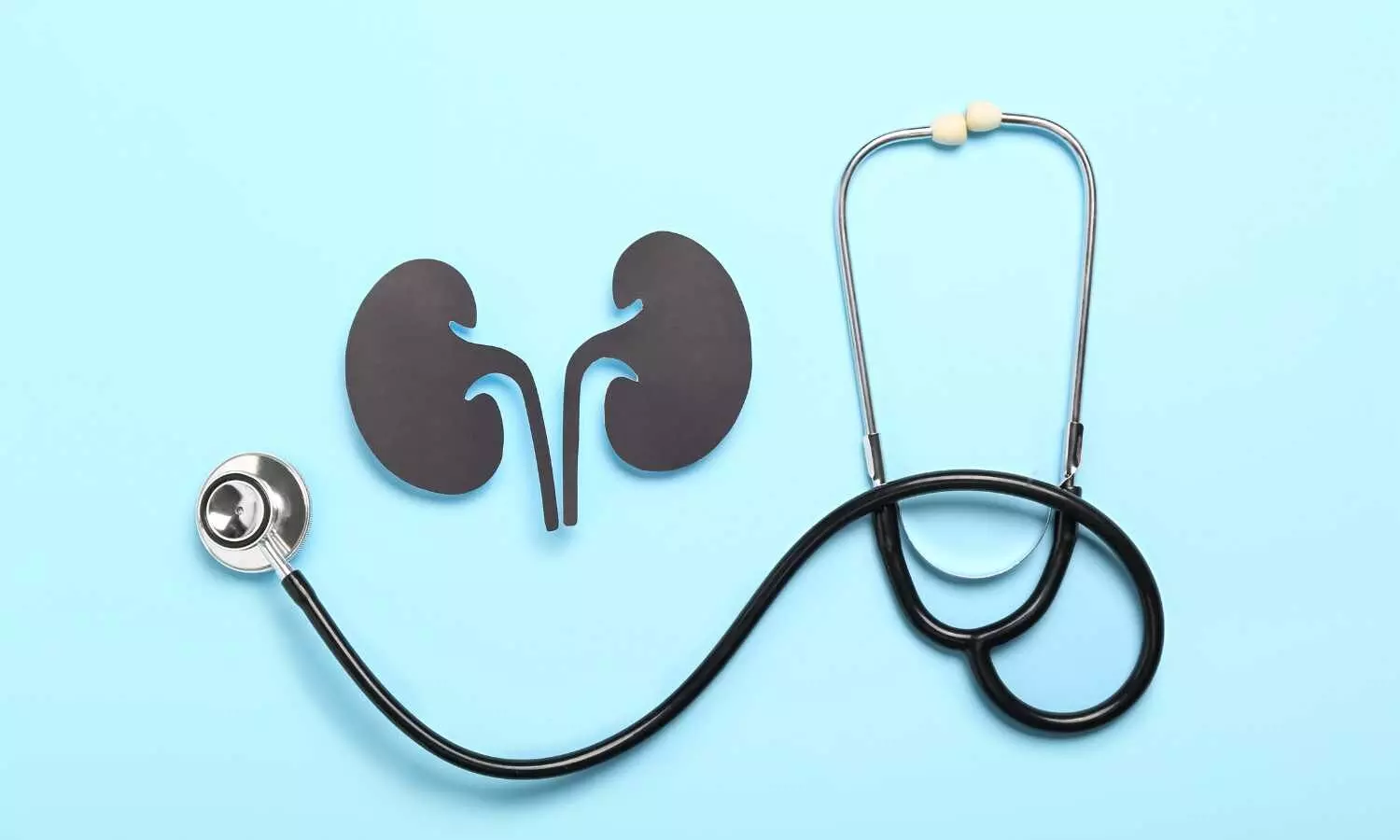Mfn2 and Preeclampsia: Study Exploring a Potential Game Changer in Maternal Health: Study

Recent study investigates the expression of mitofusin 2 (Mfn2) in placentas and peripheral blood from patients with early-onset preeclampsia (eoPE) and late-onset preeclampsia (loPE), exploring its potential as a diagnostic and therapeutic target for preeclampsia. Preeclampsia, a serious condition occurring after 20 weeks of gestation, presents significant morbidity and mortality risks, particularly differentiating between eoPE (before 34 weeks) and loPE (after 34 weeks) due to varying placental and maternal pathophysiologies.
Role of Mfn2 in Preeclampsia
Mfn2, a mitochondrial outer membrane protein critical for mitochondrial dynamics, was previously noted to be downregulated in preeclampsia, associated with increased apoptosis and mitochondrial dysfunction. The study emphasizes the differences in placental pathology between eoPE and loPE, highlighting impaired remodeling of uterine spiral arteries in eoPE, leading to ischemia and hypoxia. In contrast, loPE presents with maintained or higher placental perfusion levels.
Mfn2 Expression Analysis
Quantitative assessments revealed a significant decrease in Mfn2 mRNA levels in placentas from eoPE patients compared to both loPE and normal control groups, while loPE did not show significant downregulation compared to controls. Peripheral blood analyses indicated higher levels of Mfn2 protein in both preeclampsia groups compared to controls, with eoPE showing the highest levels. Notably, Mfn2 levels were positively correlated with the severity of preeclampsia, such as systolic and diastolic blood pressure and proteinuria, with stronger correlations in eoPE. The findings suggest a stratification in the role of Mfn2 between the two conditions, establishing that the reduction of Mfn2 in eoPE is indicative of significant mitochondrial dysfunction, while the elevated serum levels in both preeclampsia types may reflect a compensatory response to placental mitochondrial damage. Moreover, these elevated Mfn2 levels were negatively correlated with birth weight and Apgar scores, indicating poor pregnancy outcomes associated with elevated Mfn2 levels.
Conclusion and Future Directions
In summary, this investigation highlights Mfn2’s potential as a biomarker for preeclampsia severity and progression, distinguishing the distinct roles of mitochondrial dysfunction in eoPE and loPE. The findings support the hypothesis that early identification of impaired Mfn2 expression could facilitate enhanced diagnostic and therapeutic strategies for preeclampsia management, advocating for further research to validate these findings in larger cohorts and longitudinal studies.
Key Points
– -Expression Analysis of Mfn2-: Significant downregulation of Mfn2 mRNA levels was identified in placentas from patients with early-onset preeclampsia (eoPE) when compared to both late-onset preeclampsia (loPE) and normal control samples, while loPE did not exhibit significant differences in Mfn2 levels compared to controls.
– -Peripheral Blood Findings-: Elevated Mfn2 protein levels were observed in peripheral blood from both eoPE and loPE patients compared to controls, with eoPE showing the highest serum Mfn2 levels. This suggests a potential compensatory mechanism in response to placental mitochondrial damage.
– -Correlation with Disease Severity-: Mfn2 levels exhibited positive correlations with the severity of preeclampsia indicators such as systolic and diastolic blood pressure, as well as proteinuria. These correlations were found to be more robust in the eoPE cohort, indicating that altered Mfn2 expression may reflect the severity of the condition.
– -Implications for Pregnancy Outcomes-: Elevated Mfn2 levels in both types of preeclampsia were negatively correlated with birth weight and Apgar scores, suggesting that higher Mfn2 may be associated with adverse pregnancy outcomes and poorer fetal health.
– -Differentiation of Pathophysiology-: The study emphasizes the divergent mechanisms of placental pathology between eoPE and loPE, with eoPE characterized by impaired remodeling of uterine spiral arteries, leading to ischemic conditions, whereas loPE maintains or improves placental perfusion levels.
– -Future Research Directions-: The findings propose Mfn2 as a potential biomarker for assessing preeclampsia severity and progression, underscoring the need for further investigations in larger cohorts and longitudinal studies to validate Mfn2’s utility in diagnostic and therapeutic approaches for preeclampsia.
Reference –
Dandan Sun et al. (2025). A Mitochondrial Regulator Protein, Mitofusin 2, Is Elevated In The Maternal Blood Of Women With Preeclampsia. *BMC Pregnancy And Childbirth*, 25. https://doi.org/10.1186/s12884-025-07663-4.
Powered by WPeMatico










